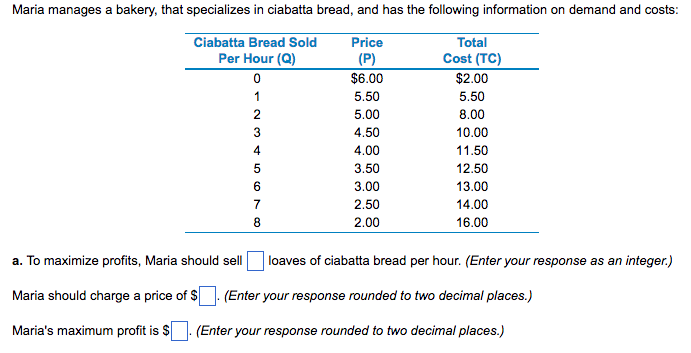

The competitive market supply-and-demand model is one of the most powerful tools in economics. Learning Objective 11.1: Describe the causes of shifts in supply and demand and the resulting effects on equilibrium price and quantity.

Learning Objective 11.5: Apply a comparative static analysis to evaluate government subsidies of solar panel installations. Learning Objective 11.4: Show the market and welfare effects of taxes and subsidies in a comparative statics analysis. Learning Objective 11.3: Show the market and welfare effects of price ceilings and floors in a comparative statics analysis. Learning Objective 11.2: Apply a comparative static analysis to evaluate economic welfare, including the effect of government revenues. What other kinds of market subsidies are you familiar with, and how would you evaluate their success?.Do you think all subsidies work as well as the SITC to increase demand? What variables do you think influence their effectiveness?.And throughout we will focus on the significance of changes in supply and demand for overall economic welfare. We will also look at the effects of taxes, price floors, and price ceilings. Subsidies are just one potential cause of such changes. This chapter looks at a method for evaluating the effects on price and quantity equilibriums when supply or demand-or both-changes within a market. But what does economics say about the trade-offs of subsidizing these types of installations? Does the economic welfare they provide justify their costs? The program has been seen as very successful in promoting solar energy installations. Since the program began, the growth rate in solar installations has been 76 percent per year. In 2006, in an effort to spur the use of solar power in the country, the US government created a solar investment tax credit (SITC) allowing US households and businesses to deduct 30 percent of the amount they invested in solar power installations. Should the Federal Government Subsidize Solar Power Installations? 11 Comparative Statics: Analyzing and Assessing Changes in MarketsĪnalyzing and Assessing Changes in Markets “Photovoltaik Dachanlage Hannover” by AleSpa on is licensed under CC BY-SA The Policy Question


 0 kommentar(er)
0 kommentar(er)
